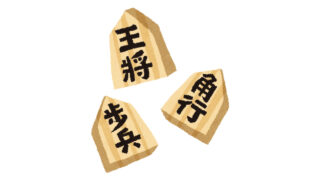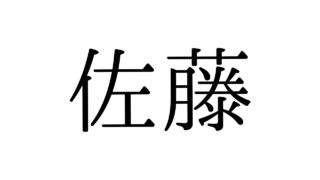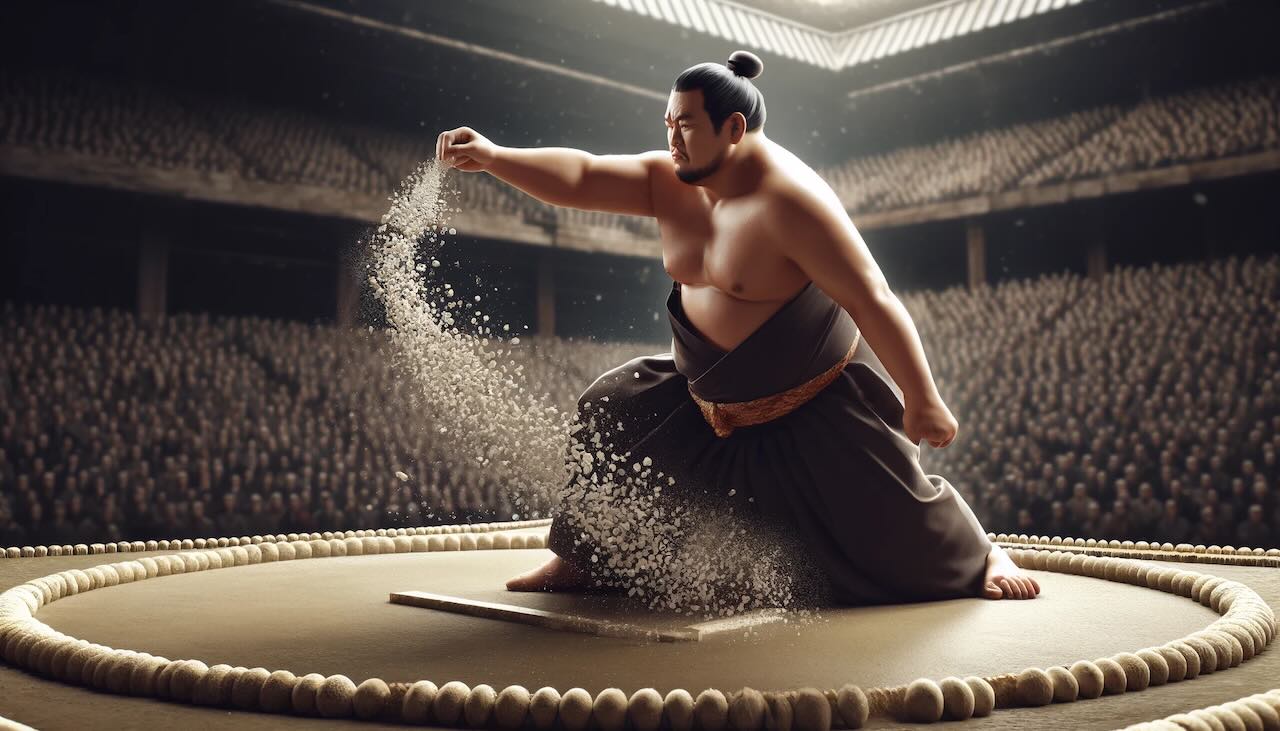If you’ve ever watched a sumo match, you’ve likely seen the wrestlers pause, reach into a wooden box, and hurl a handful of salt high into the air before they clash. This simple yet powerful ritual is far more than dramatic flair — it’s deeply rooted in Japan’s Shinto spirituality and centuries-old sumo tradition.
In this article, we’ll explore the rich cultural meaning behind salt-throwing in sumo wrestling, connecting its ancient origins with the vibrant ceremonies still seen in the ring today.
Shinto Roots: Purification Through Salt
At its core, sumo is not simply a sport but a living Shinto ritual. In Shinto — Japan’s indigenous religion — salt symbolizes purification. It’s used to cleanse people, spaces, and objects of spiritual impurities and misfortunes, promoting harmony between humans and the divine.
This belief permeates daily life in Japan. Many restaurants and businesses place small piles of salt near their entrances to invite good fortune and repel negativity. The same principle applies within the sumo ring.
The sumo ring (dohyō) is treated as sacred ground, much like the inner sanctum of a shrine. By scattering salt before each match, wrestlers purify the ring, banish evil spirits, and prepare the space for honorable combat.
For a broader look at sumo’s sacred origins, visit:
👉 Sumo: The Sacred Origins and Storied Evolution of Japan’s National Sport
A Ritual That Transcends Time
The practice of salt-throwing in sumo has endured for centuries. Its formalization dates back to the Edo period (1603–1868), when sumo evolved from shrine offerings into a popular spectator sport while retaining its Shinto ceremonial foundations.
Beyond its spiritual purpose, salt-throwing serves several roles:
- Purification: Cleanses the ring before each bout.
- Spiritual Protection: Invokes safety and good fortune for both wrestlers.
- Mental Preparation: Helps rikishi focus and center their minds before the contest.
- Audience Signal: Builds anticipation, signaling that the intense battle is about to begin.
Each wrestler adds personal flair to the ritual. Some throw modest handfuls, while higher-ranked rikishi often hurl generous amounts into the air, creating a snow-like cascade of salt that amplifies the drama.
Salt as a Symbol of Commitment
In Japanese culture, salt also carries broader symbolic weight. It represents vitality, sustenance, and spiritual offering. When a wrestler scatters salt, he’s not only purifying the ring but also symbolically dedicating his energy and life force to the match.
This action echoes the bushido-like values embedded within sumo: discipline, self-sacrifice, and unwavering commitment to one’s craft and honor.
For a detailed explanation of sumo’s ranking system and strict hierarchy, explore:
👉 Inside the Sacred World of Sumo: Understanding the Hierarchy of Japan’s National Sport
Connecting Wrestlers, Spectators, and Spirit
Beyond its ritual significance, salt-throwing heightens the emotional tension in the arena. Like the bell that signals the start of a boxing match, the arc of salt tells the audience that a moment of intense skill, strength, and tradition is about to unfold.
In this way, the ritual bridges past and present, wrestler and spectator, body and spirit — embodying the very soul of sumo.
To fully appreciate how salt-throwing fits within sumo’s entire ceremonial framework, see our comprehensive guide:
👉 The Complete Guide to Sumo: Japan’s Sacred National Sport Explained
Conclusion: A Gesture Steeped in Spiritual Depth
The next time you watch a sumo match, look beyond the spectacle of flying salt. Within that sparkling cloud lies centuries of Shinto belief, martial readiness, and cultural reverence.
In sumo, even the smallest gestures carry profound meaning. Each toss of salt serves as a reminder of Japan’s enduring spiritual traditions — where ritual and athletic mastery continue to coexist on the sacred dohyo.




















